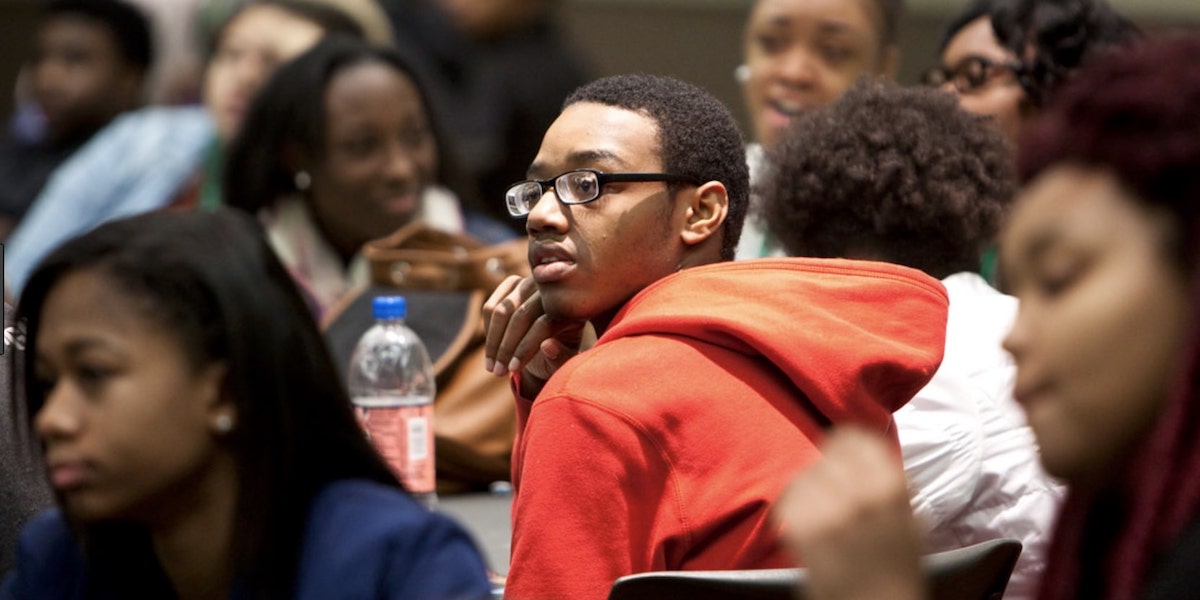
11 Oct 2018 How Stalking Diversity Statistics Sidelines Education, by Council Nedd II
Harvard stands accused of discriminating against applicants of Asian descent in pursuit of a more diverse campus. The compelling case brought against the school is scheduled to begin in federal court on Oct. 15 and could lead to a precedent-setting decision on affirmative action at the U.S. Supreme Court.
Regardless of the end, the means of diversity measures — whether sanctioned or not by a court — only create pleasing statistics. They do nothing to actually promote the success of a student body designed to look like America.
What students and their families really need is a strategy toward a goal of students graduating in similar numbers by which they arrived. To ensure these goals are met, the federal government should tie schools’ eligibility for taxpayer-funded student aid to minimum graduation rates.
This is a key recommendation of the Project 21 black leadership network’s “Blueprint for a Better Deal for Black America.”
Acknowledging the failure of many K-12 public schools in preparing black students for college, Project 21 notes that colleges and universities compound the problem with preferential admissions policies setting black students up to fail. To meet diversity mandates, schools make offers to applicants with lower SAT and ACT scores, fewer AP course credits and lower high school GPAs. This can fill incoming classes with black students unprepared for the academic environments to which they’ve been matched.
Academic mismatch leads to lower graduation rates. A 2017 report from the National Student Clearinghouse Research Center found 38 percent of black students earned their degree in six years compared with 62 percent of whites, 63.2 percent of Asians and 45.8 percent of their Hispanic counterparts. Dropping out can saddle students with crippling debt that can have lifelong implications on employment options, and overall self-worth can be crippled.
While the NAACP argues in the Harvard case that “[e]liminating race-conscious admissions would disproportionately harm applicants of color,” Project 21 recommends a race-neutral policy pushing schools to make admissions choices that aim for student success.
Project 21 suggests incentivizing schools to provide black students the support they need by requiring schools to meet minimum graduation-rate standards in order to qualify for federal financial aid programs. An initial 60 percent graduation rate is advised for the general student population, and no less than a 15 percent lower rate for minority students that would equalize over time. If a school cannot meet these goals, they’ve flunked the eligibility test for federal aid.
The NAACP also argues that disparate academic opportunities and “racial bias in standardized testing” should force schools to consider race in the admissions process. But promoting students past their skill sets can doom them to failure and dim their overall potential. Making graduation the priority, rather than diversity statistics for the first day of class, should be paramount in academia.
I spent a few years teaching in a Washington, D.C., charter school. Our goal was college prep, and our success rate was quite good. But there were plenty of great kids who stumbled because they were welcomed at schools that seemed to see them more as a diversity statistic than a cherished investment. Such callous attitudes have no place in our colleges and universities, which should be focused on students’ success and aiding their path to graduation.
Since this could lead to a major realignment of where black students end up for at least the short term, Project 21 also recommends increased federal support for the improvement and enhancement of historically black colleges and universities (HBCUs). This could be a budget-neutral proposition when money is freed up by some schools failing to meet graduation obligations. HBCUs would be held to similar graduation goals.
A student body boasting a vast array of races, classes and experiences is fine as long as there is also equal opportunity to earn a diploma. That’s obviously not the case today. Institutions of higher education must improve graduation rates, and tying performance to federal funding is an effective motivation.
Council Nedd II is co-chair of the Project 21 black leadership network, a Pennsylvania State Constable, and the rector of St. Alban’s Anglican Church in Pine Grove Mills, PA. This piece first appeared in the Washington Times.
New Visions Commentaries reflect the views of their author, and not necessarily those of Project 21, other Project 21 members, or the National Center for Public Policy Research, its board or staff.




